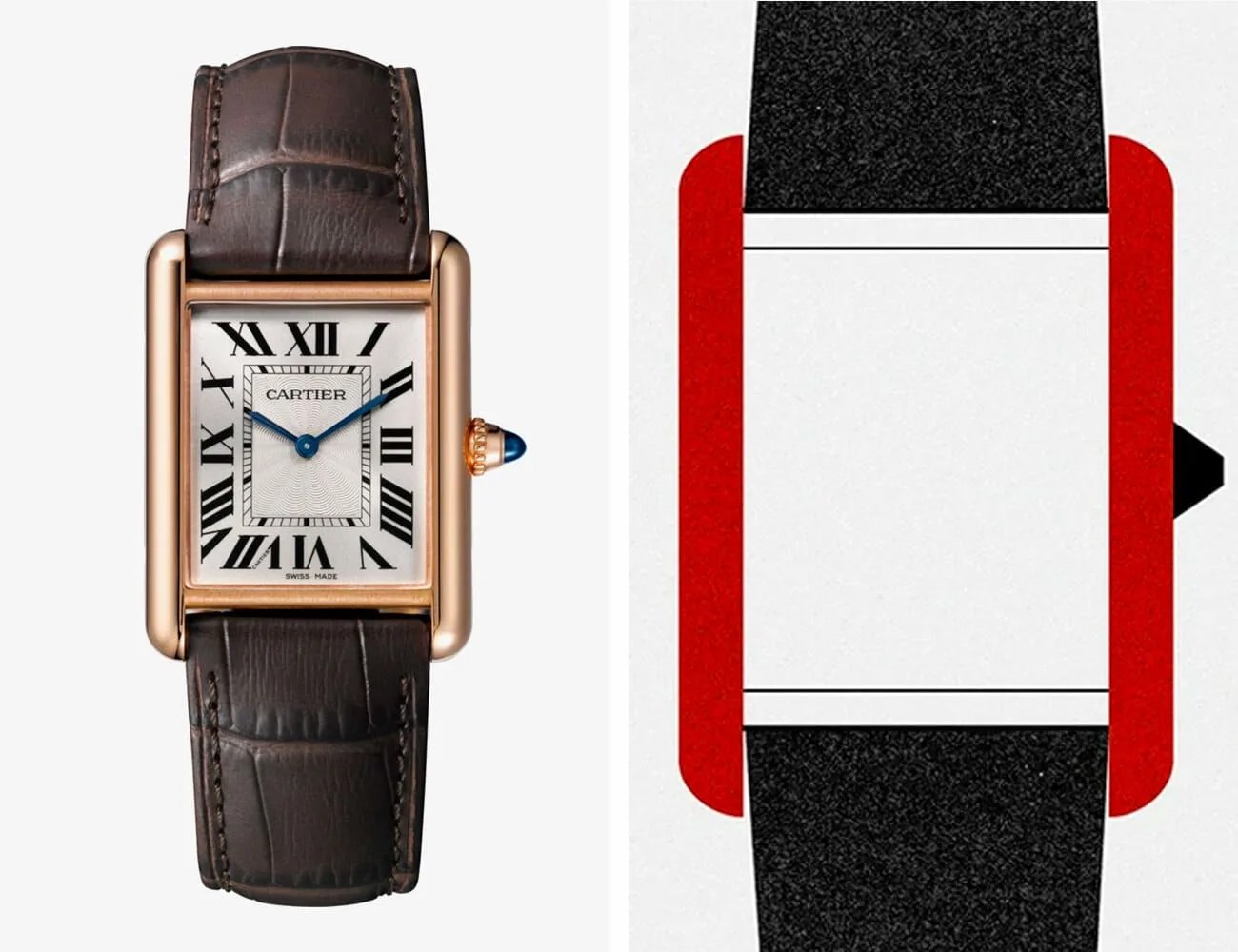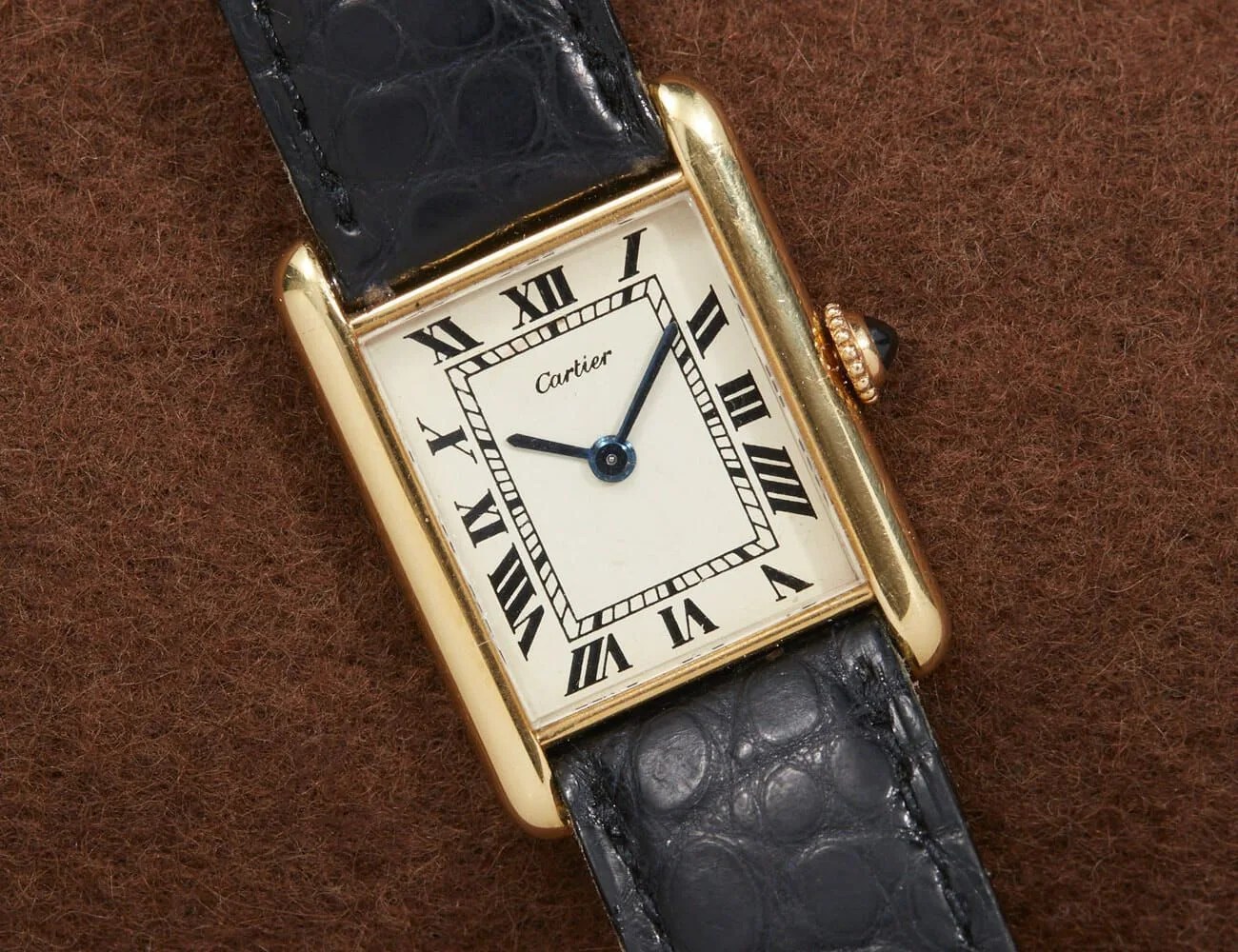Welcome to Watches You Should Know, a biweekly column highlighting important or little-known watches with interesting backstories and unexpected influence. This week: the Cartier Tank.
Even those who don’t know it by name know the Cartier Tank. It’s one of the most recognizable, iconic and imitated watches ever made. But do you know where it came from, the purpose of its design, and its significance in horological history? In many ways, the story of this deceptively simple dress watch is the story of the wristwatch itself.
It might seem counterintuitive considering its familiarity and conservative vibe as seen from a modern perspective, but when Louis Cartier introduced his angular wristwatch in the early 20th century, it was highly original and met with controversy. At a time when men carried round pocket watches, wristwatches — and especially those meant for men — were largely unknown to the public.

Louis Cartier’s first square wristwatch was indeed not the Tank: No, first came the watch known as the Santos, in 1904 — but it was designed for an eccentric aviator, and the average consumer wasn’t ready to give up the pocket watch.
Soldiers adapted pocket watches for the wrist during WWI (and some companies sold them this way), but Cartier is widely credited as the first to design a mens watch specifically for the wrist. One must imagine that making it square (or rectangular) in shape helped emphasize its purpose and distinguish it as fundamentally different from round pocket watches.
The Tank is known to have came into being in 1917, but there were just a few examples made, and legend has it they were given to General John Pershing of the American Expeditionary Force and his officers. Cartier claims that the design was inspired by having seen some of the earliest tanks being used in WWI, but tenets of the design such as the case’s overall shape, the Roman numerals and the dial’s inner railroad-style track were existing Cartier traits. This original Tank even featured the distinctive crown with its cabochon that remains a feature of modern Cartier watches.


